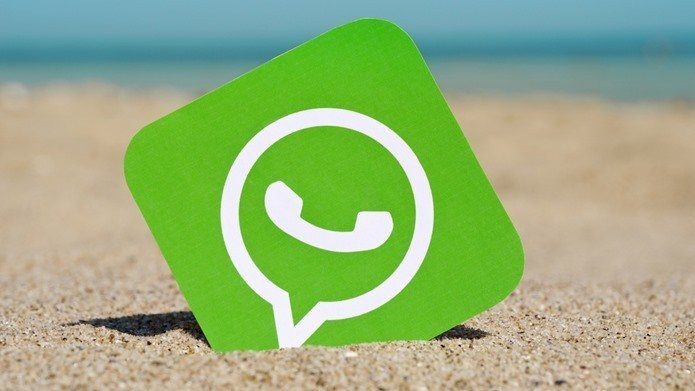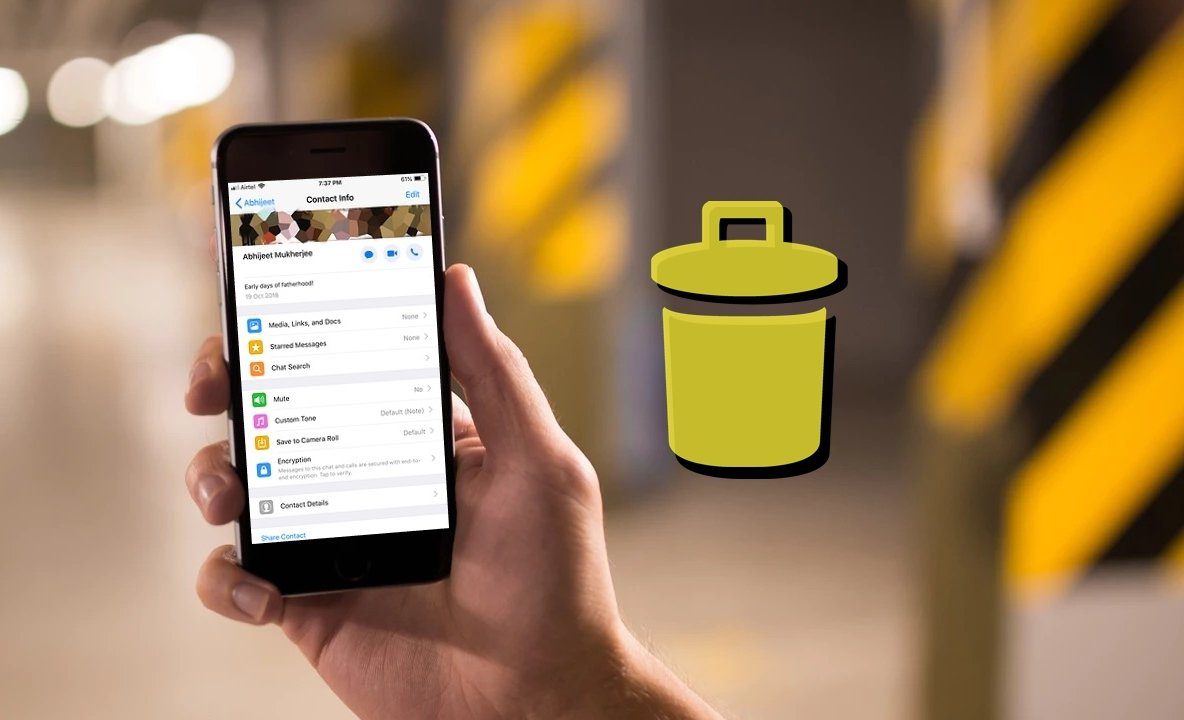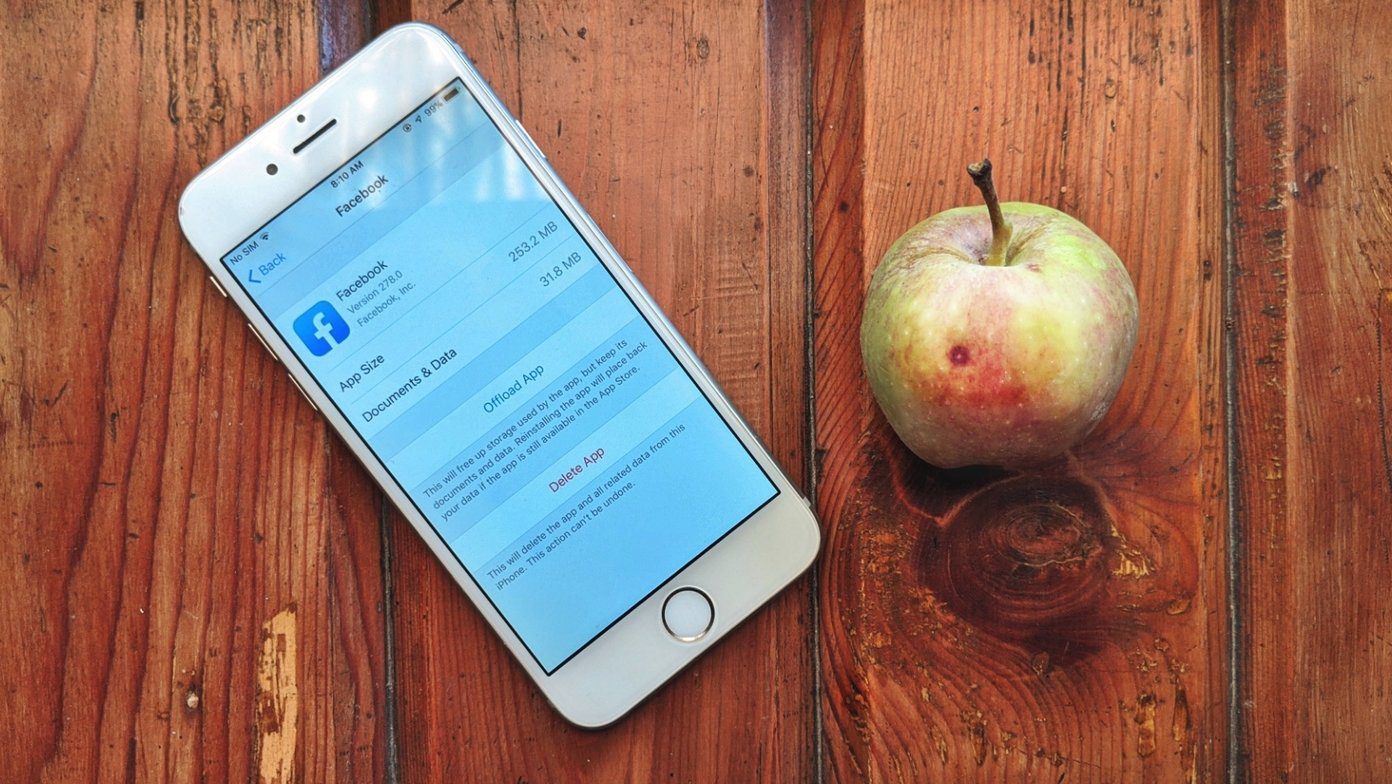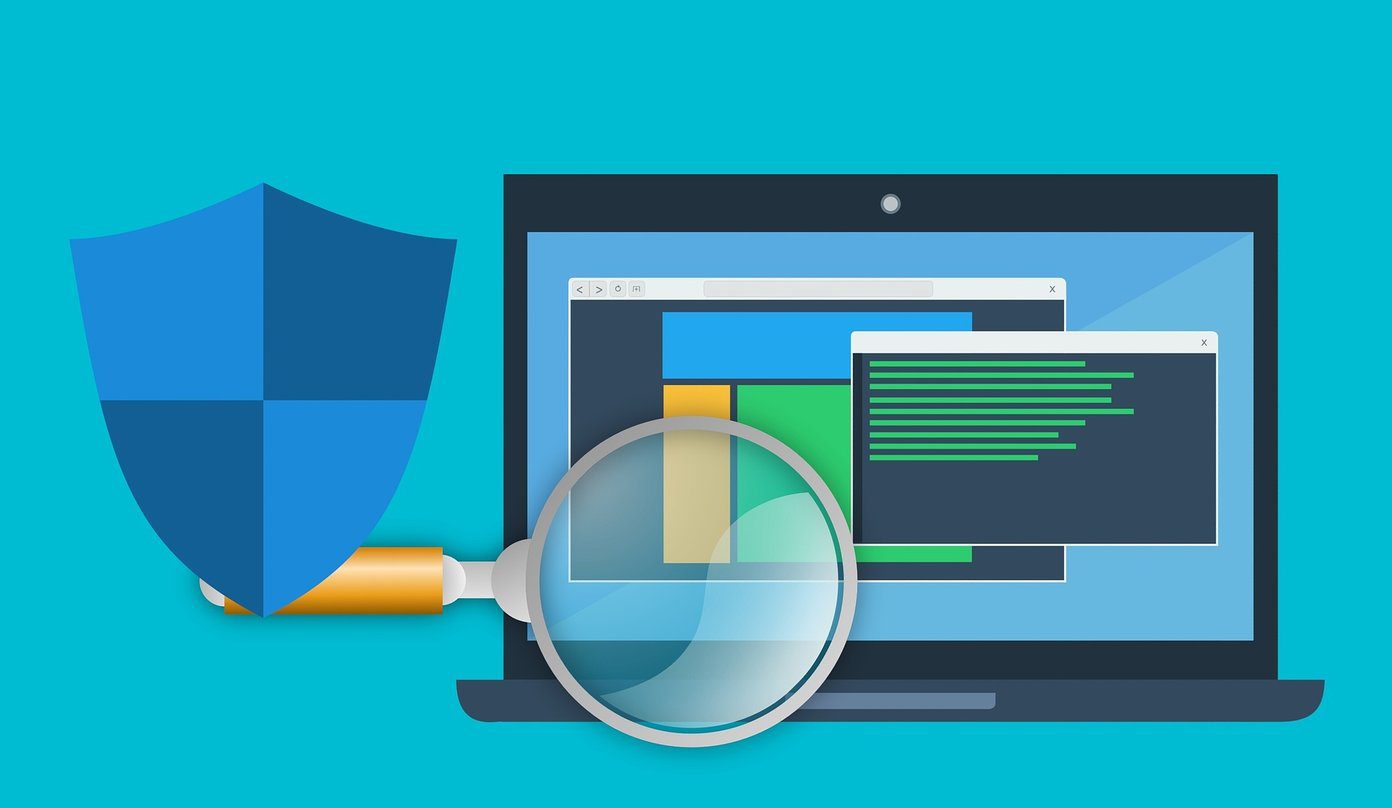It’s Not Spying, It’s Tracking
The scary sounding stories made it out to be that Windows 10 could access all your local files and was tracking accessing your other personal data. Both of those stories were attributed to misquoted or misattributed quotes from Microsoft’s privacy policies. The quote, first pointed out by Rock Paper Shotgun was as below. The scariest part was “files in private folders”. WHAT? Microsoft has access to my personal files? Cried the Internet. Not exactly. This part of the policy refers specifically to OneDrive, Microsoft’s cloud storage services. When you store files in OneDrive, you’re basically saving files on Microsoft’s servers (which are nothing but super powerful computers). What this means is that if a government agency has enough cause to look into your cloud files, Microsoft will let them. And Microsoft is not alone at this. Google has been doing this for ages. Our Windows 10 coverage: Still confused about the many different aspects of Windows 10? Follow our Windows 10 tag for new stories. Microsoft later clarified on their stance. For those concerned for their privacy, take a look at SpiderOak, which has secured cloud hosting. Also, either don’t use cloud hosting or use a P2P based solution like BitTorrent Sync. Encrypting your file before sending it to a cloud storage system (not with BitLocker though) will help as well.
But Tracking Is Bad as Well
Yes, so Windows 10 is tracking you. While that’s not as bad as spying, it’s still pretty bad. When you choose Windows 10’s Express Settings, you’re letting MS create a special Advertising ID for you, track your location, track your usage around the web to serve you better ads and you let Microsoft use what you say or type to Cortana. Now, you should know that disabling some of the settings will disable corresponding products. So for instance, if you don’t want MS to record and analyze your voice, you shouldn’t use Cortana and so on. Get better at search: Windows 10 has an amazing search tool. It can be used for everything from launching apps to looking for documents and files. You should try to integrate it in your day-to-day life. That said, there really are some settings here that a privacy conscious individual would want to disable. The problem is that there are lots of such settings in Windows 10. Just the Privacy section in Windows 10 settings has 13 sub-sections, which then have multiple settings to choose from. If you have the time, go through it all, one by one. Or read up on Lifehacker’s excellent explanation of what each and every setting means. Right now, we’re not going to go into that much detail. I’m only going to highlight the most important settings that you should turn off and present you with third party tools that will make the process easier. Go to Settings and click on Privacy to get started. Advertising ID: This is the big one. This setting lets Microsoft snoop on your browsing habits and create one big log file that would then help them serve you better ads. Just disable this option and you’ll now only see generic ads. Location Tracking: For some people this might be in the “spying” category. If you don’t want Microsoft to monitor everywhere you take your laptop, disable this option. Cortana: To serve you best, Cortana needs access to what you type in or speak as well as your location, contacts, calendar and more. Yes, Google Now uses all of that too. But if you want to disable Cortana completely and switch back to local Windows Search, here’s our guide on it. Edge: Edge is the brand new browser for Windows 10. But some default settings are set up to track your usage around the web. Go to Settings -> Advanced Settings and disable Cortana access. Another feature you might consider is the SmartScreen Filter. This tracks every URL you visit and checks it against a malicious site. You can disable this if you want. That’s it, those are the important ones. But you can look into disabling Speech, inking and typing if you want along with microphone and camera access to certain apps. Ultimate step: If you want to go rogue, just sign out of the Microsoft Account on the PC. Don’t use OneDrive, or any other MS’ cloud products on it. Frankly, you might not even need all of it. Disabling all the features is like going to a Windows 8 kind of environment but without any of the baggage. Disable online tracking: Websites are out to track you too. The best way to disable those trackers is to use a tool like Ghostery.
Tools That Help You Disable the Tracking
Quite a lot of tools have surfaced in the past couple of weeks that aim to smooth out this process of disabling the trackers for you. The most prominent of which is DoNotSpy10. Be alert when you install the app, though. If you use “Express Install”, it will install Magic Find and other adware in your browser. So instead choose the “Custom Install” option and again uncheck the option below it. Then from the next page uncheck the option to install AVG PC TuneUp. It’s kind of funny that a tool designed to disable trackers in Windows 10 itself wants to install third party trackers. That says a lot about the free ecosystem of Windows apps. But we don’t have the time to go into that right now. Before you use this tool, it’s best to create a restore point first (you can do that via the app itself). Then go through the list and disable any setting that you want. The changes will only be made once you reboot. If you don’t like DoNotSpy’s rather spy-y nature, BGR has rounded up a list of 5 other similar apps. If you’re looking for a no-nonsense, adware-free, one-click solution, also check out app called Destroy Windows 10 Syping.
What Do You Think of All This?
Are you ok with the tracking as long as you get to use the new awesome features? Or did you disable everything? Share with us in the comments below. The above article may contain affiliate links which help support Guiding Tech. However, it does not affect our editorial integrity. The content remains unbiased and authentic.
![]()
![]()















